RobotLAB Blog
Everything You Need To Know About Robotics in Businesses
Making the Most of Your EdTech Toolbox
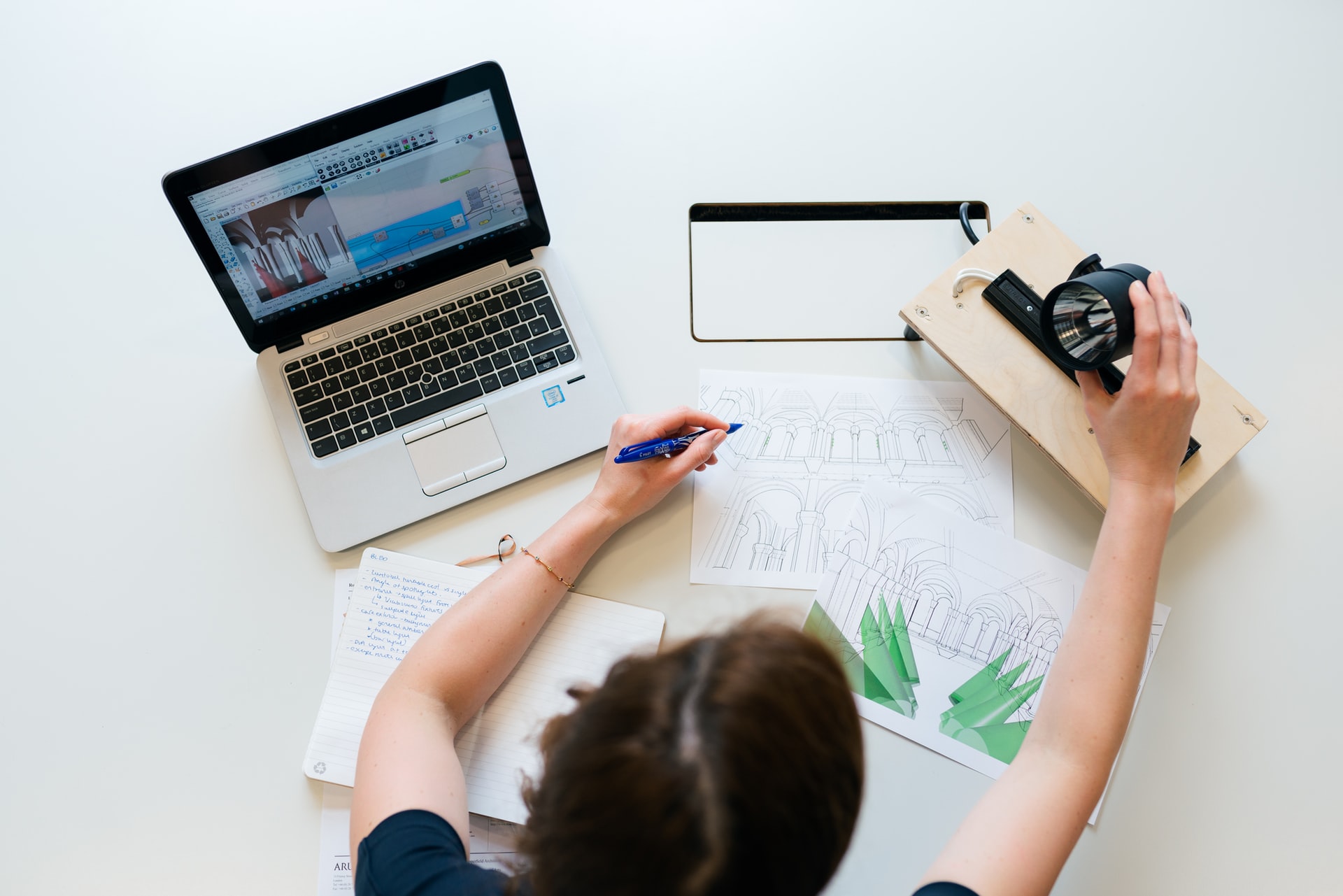 Image source: https://unsplash.com/s/photos/technology
Image source: https://unsplash.com/s/photos/technology
School leaders should be education technology leaders, ensuring that the resources available to teachers are useful and current.
- 0 Comments
- Nov 4, 2021 10:00:00 AM
- Posted by Maria Alejandra Calcetero
- Topics: Robotics, EdTech, STEM, Education, code, 21st Century Classroom, Special Education, data literacy, Coding, Robots,, students, programming, Technology, VR, Realidad Virtual, STEMchat, Edchat, k12, Virtual Reality, virtual learning, classroom, Literacy, STEM literacy
How To Incorporate 3D Printing Into Any Lesson Plan.
By Matthew Lynch
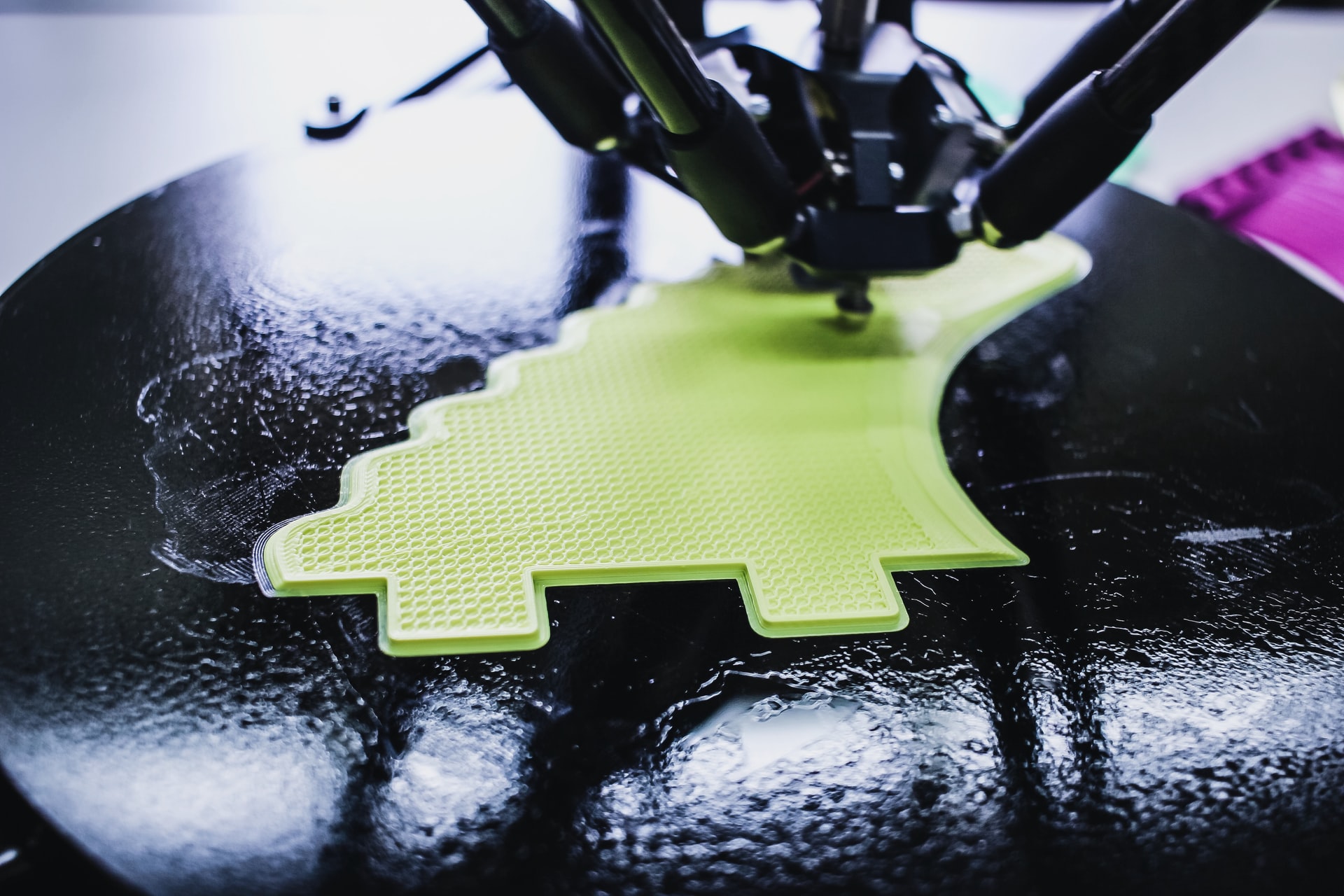 Photo by Inés Álvarez Fdez on Unsplash
Photo by Inés Álvarez Fdez on Unsplash
Software developers and engineers and continuously working to provide schools and educational facilities with new technology. Various apps and tools, such as Pedagogue, have opened plenty of doors for modern-day education since their release.
The 3D printer is yet another new tool that has made considerable advancements in the academic world. This technology can serve various uses in the classroom – for example, many teachers use the printer to make props for specific lessons.
This article will discuss how teachers and other educators can incorporate 3D printing into any lesson plan.
- 0 Comments
- Nov 2, 2021 10:00:00 AM
- Posted by Maria Alejandra Calcetero
- Topics: Robotics, EdTech, STEM, Education, code, 21st Century Classroom, Special Education, data literacy, Coding, Robots,, students, programming, Technology, VR, Realidad Virtual, STEMchat, Edchat, k12, Virtual Reality, virtual learning, classroom, Literacy, STEM literacy
Be VR Ready in 7 Steps – Back-to-school Preparation!
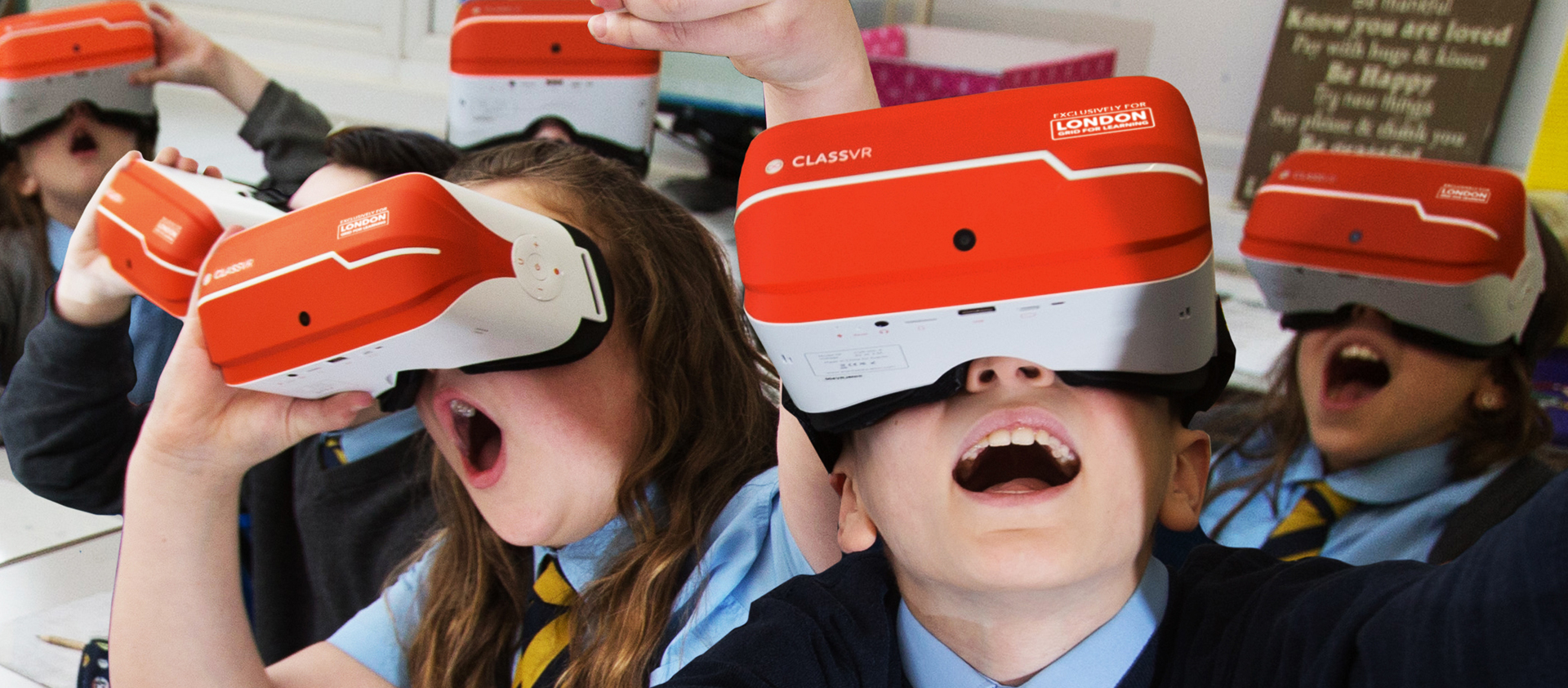 Source Image: Class VR
Source Image: Class VR
Globally there are two types of teachers this time of year, the first is just getting into their summer holiday and enjoying their well-deserved time off, the second has back-to-school preparation at the front of their mind. Whether you’re preparing for a new class or just preparing your classroom, we’ve got 7 steps to make sure you’re prepped and ready to use your ClassVR headsets the first day back – whenever that may be!
- 0 Comments
- Oct 29, 2021 10:00:00 AM
- Posted by Maria Alejandra Calcetero
- Topics: Robotics, EdTech, STEM, Education, code, 21st Century Classroom, Special Education, data literacy, Coding, Robots,, students, programming, Technology, VR, Realidad Virtual, STEMchat, Edchat, k12, Virtual Reality, virtual learning, classroom, Literacy, STEM literacy
Continuing Computer Sciences for Tomorrow’s Youth
By Dan Matthews
 Image Source: Pexels
Image Source: Pexels
Modern advancements in technology and computer science have sparked some amazing societal advancements in the last decade. Among these many great leaps forward, the impact that new technologies have had on education is one of the most profound.
From providing easier access to information to accelerating aspects of the learning process—computer technologies are continually revolutionizing how students learn. This article will explore some examples of new educational technology in action, and provide some tips for teachers looking to integrate some of these advancements into their classrooms.
- 0 Comments
- Oct 28, 2021 10:00:00 AM
- Posted by Maria Alejandra Calcetero
- Topics: Robotics, EdTech, STEM, Education, code, 21st Century Classroom, Special Education, data literacy, Coding, Robots,, students, programming, Technology, VR, Realidad Virtual, STEMchat, Edchat, k12, Virtual Reality, virtual learning, classroom, Literacy, STEM literacy
Why It’s Important to Teach Troubleshooting
By Devin Partida
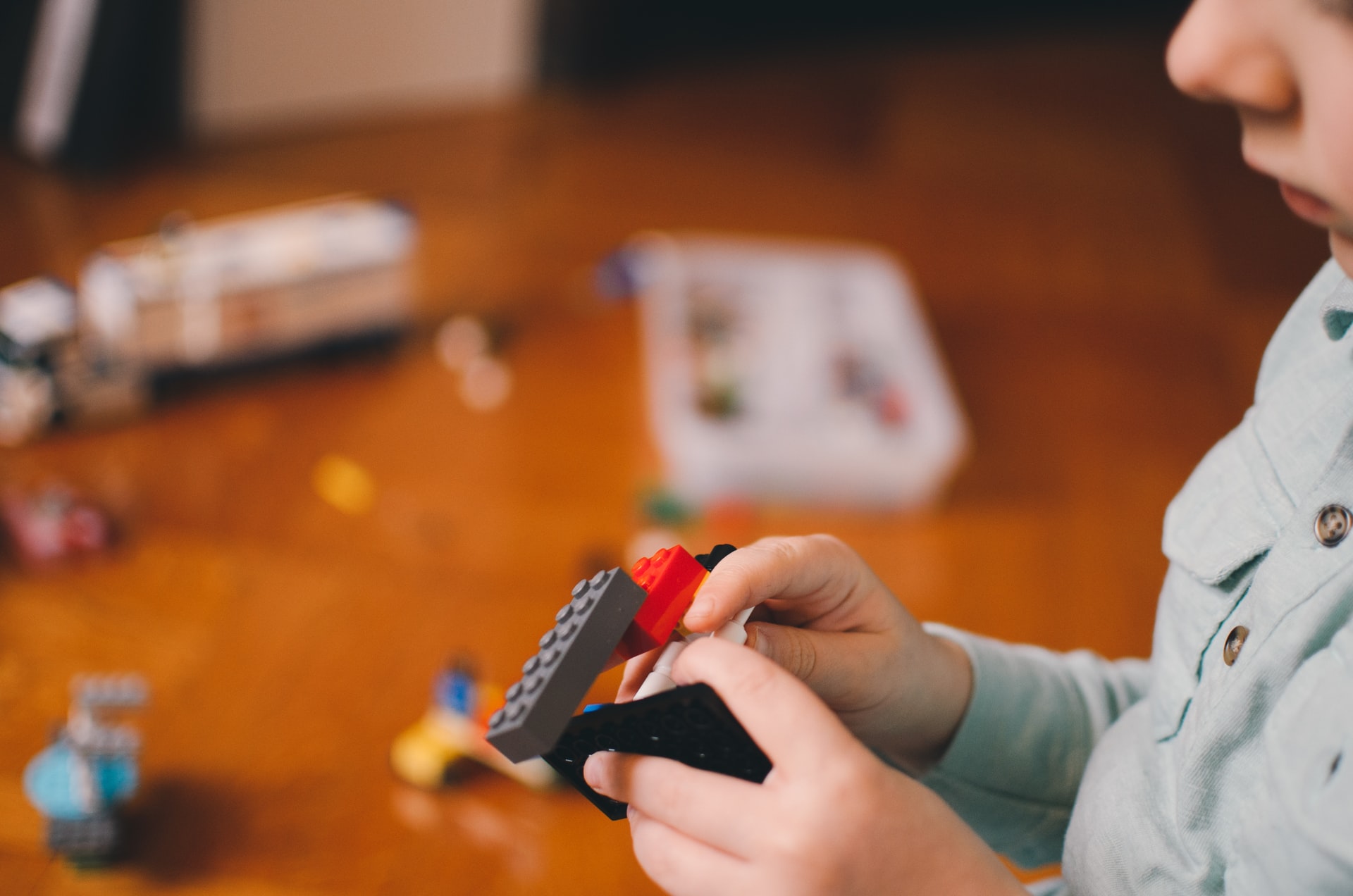 Photo by Kelly Sikkema on Unsplash
Photo by Kelly Sikkema on Unsplash
STEM gets a bad rap. Popular media often typifies computer and math people as emotionless, overly logical, and lacking human warmth.
However, this stereotyped view misses the whole point of what STEM is for and how it operates. STEM courses prepare students to think creatively, develop their curiosity, and build solid troubleshooting skills that make them intelligent and well-rounded individuals.
As a teacher, you already know why you love your field. Sometimes, though, it can be hard to explain why. Here are eight ways STEM benefits students and equips them for real-world challenges.
- 0 Comments
- Oct 27, 2021 10:00:00 AM
- Posted by Maria Alejandra Calcetero
- Topics: Robotics, EdTech, STEM, Education, code, 21st Century Classroom, Special Education, data literacy, Coding, Robots,, students, programming, Technology, VR, Realidad Virtual, STEMchat, Edchat, k12, Virtual Reality, virtual learning, classroom, Literacy, STEM literacy
Guiding Students to Be Independent Problem-Solvers in STEM Classrooms

Photo by Jeswin Thomas on Unsplash
Teaching high school students how to plan to solve a problem in science, technology, engineering, and math is a crucial step.
- 0 Comments
- Oct 26, 2021 10:00:00 AM
- Posted by Maria Alejandra Calcetero
- Topics: Robotics, EdTech, STEM, Education, code, 21st Century Classroom, Special Education, data literacy, Coding, Robots,, students, programming, Technology, VR, Realidad Virtual, STEMchat, Edchat, k12, Virtual Reality, virtual learning, classroom, Literacy, STEM literacy
3 Reasons Virtual STEM is Here To Stay
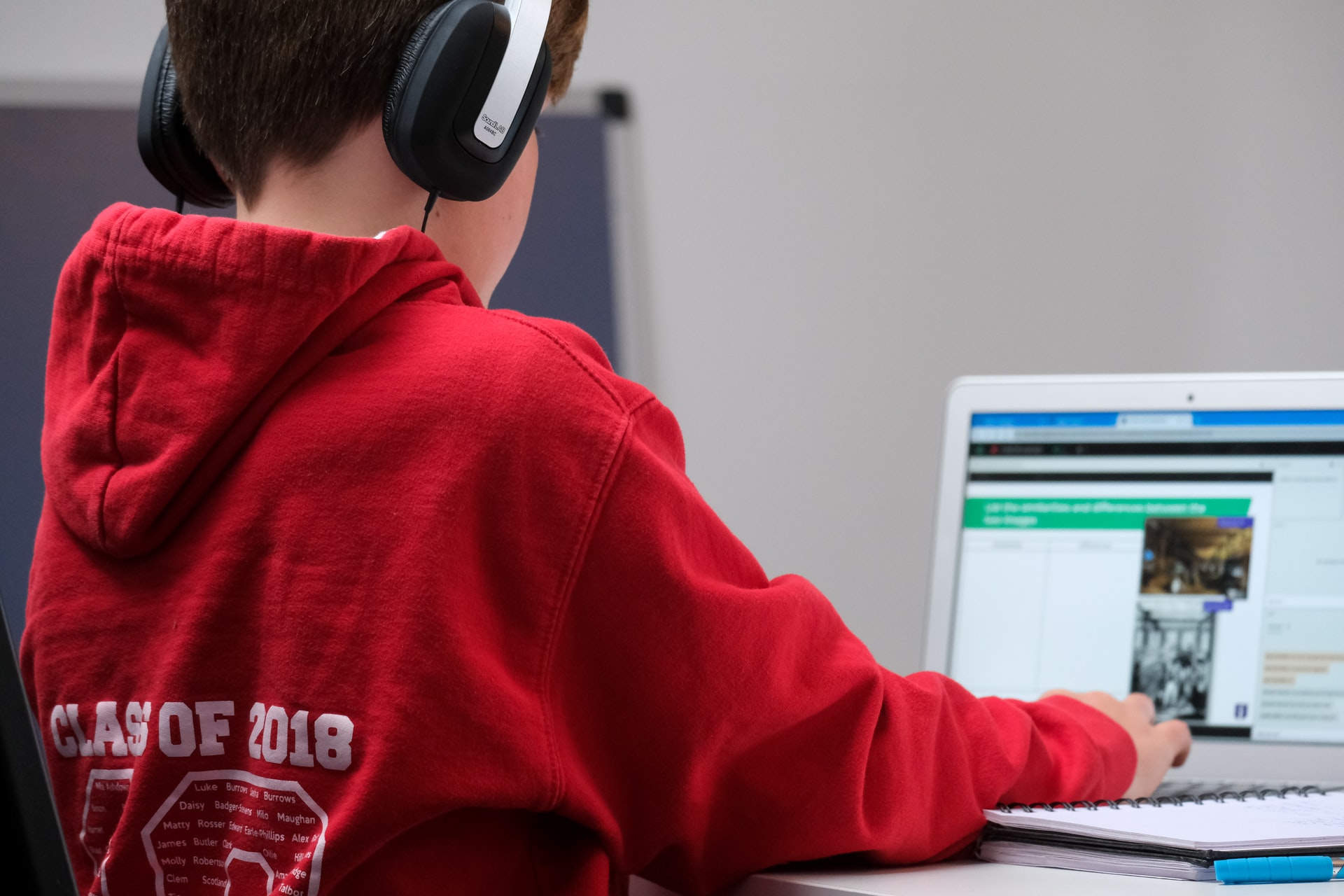 Image source: https://unsplash.com/
Image source: https://unsplash.com/
Virtual STEM offers engaging learning opportunities for students—opportunities that have proved essential during COVID.
- 0 Comments
- Oct 25, 2021 10:00:00 AM
- Posted by Maria Alejandra Calcetero
- Topics: Robotics, EdTech, STEM, Education, code, 21st Century Classroom, Special Education, data literacy, Coding, Robots,, students, programming, Technology, VR, Realidad Virtual, STEMchat, Edchat, k12, Virtual Reality, virtual learning, classroom, Literacy, STEM literacy
5 Reasons Why Coding is Important for Young Minds
By Patria
As a Kindergarten STEM teacher, mom and grandparent, I am consistently empowering myself to keep up with the newest ways to engage my family and students with 21st Century concepts. Recent research puts coding at the forefront of future careers. So, how do we learn and teach our children how to code, and why is this so important? More importantly, how young do we begin teaching our children?
- 0 Comments
- Oct 22, 2021 10:00:00 AM
- Posted by Maria Alejandra Calcetero
- Topics: Robotics, EdTech, STEM, Education, code, 21st Century Classroom, Special Education, data literacy, Coding, Robots,, students, programming, Technology, VR, Realidad Virtual, STEMchat, Edchat, k12, Virtual Reality, virtual learning, classroom, Literacy, STEM literacy
Why Robots are the Bridge for Remote Learning Gap
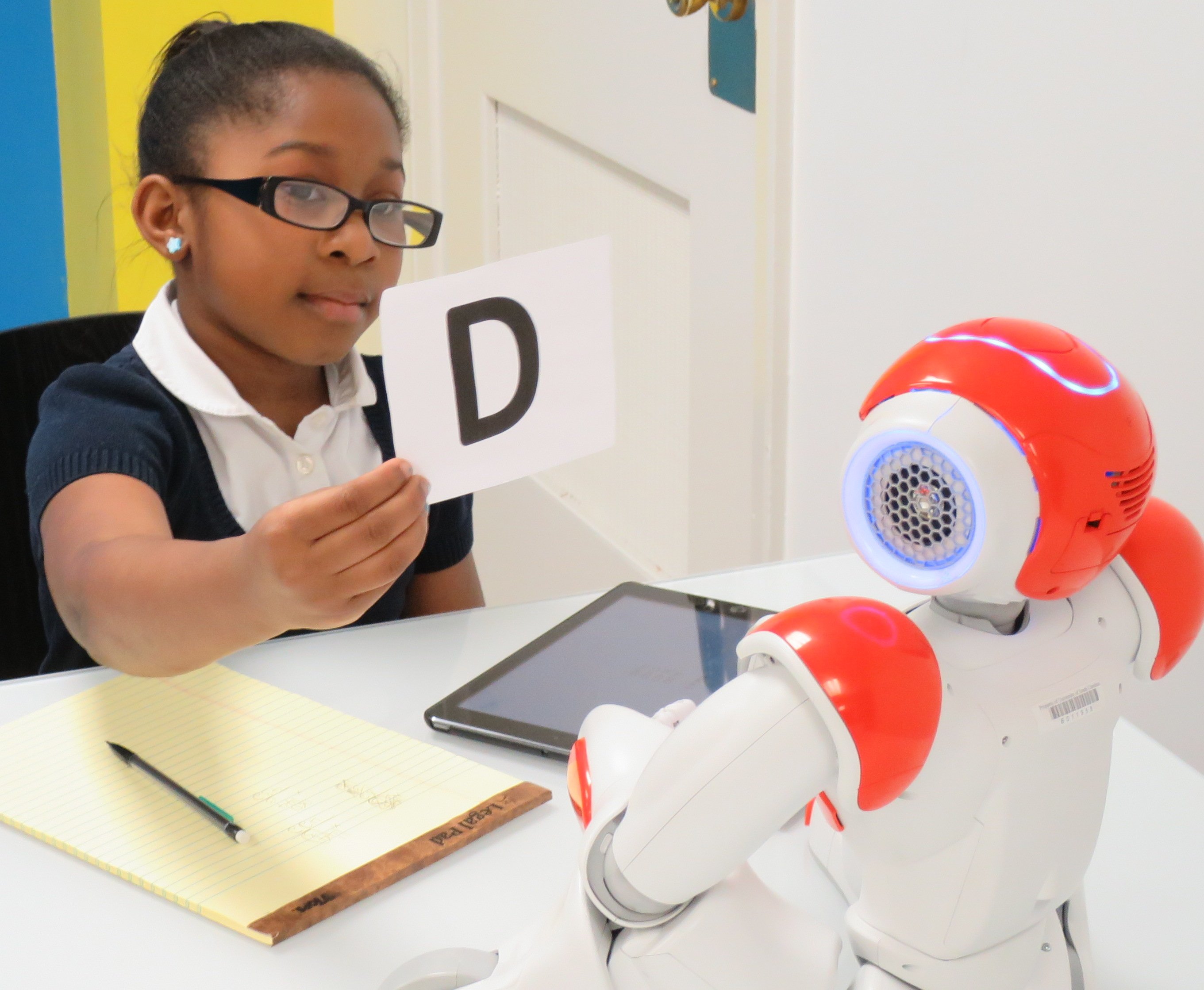
Artificial intelligence and machine learning play an important role in promoting remote learning in this era where many institutions are going digital. The growing implementation of technology in education is creating a remote learning gap amid the COVID-19 pandemic.
Robots can be used to allow geographically dispersed people to participate in important meetings and events. They are helping students to remain connected to their teachers or fellow students to ensure learning continuity. This blog reveals why robots are the bridge to the remote learning gap.
- 0 Comments
- Oct 19, 2021 10:00:00 AM
- Posted by Maria Alejandra Calcetero
- Topics: Robotics, EdTech, STEM, Education, 21st Century Classroom, Special Education, data literacy, Robots,, students, Technology, VR, Realidad Virtual, STEMchat, Edchat, k12, Virtual Reality, virtual learning, classroom, Literacy, STEM literacy
How 3D Tech can Help Overcome Learning Hurdles
By David Chen
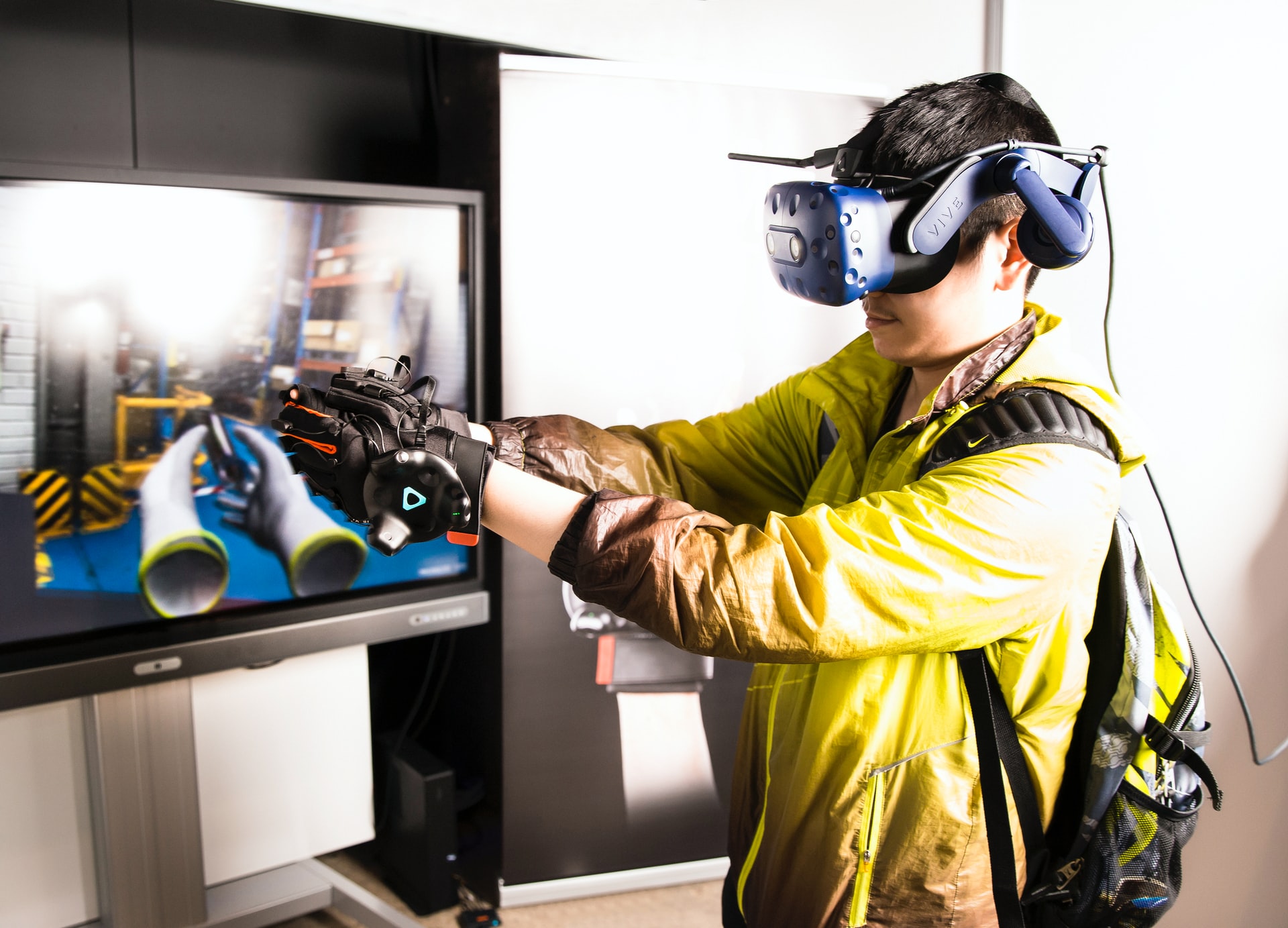 Image source: https://unsplash.com/
Image source: https://unsplash.com/
3D tech opens up an entirely new world of educational possibilities—even when students learn from home.
- 0 Comments
- Oct 18, 2021 10:00:00 AM
- Posted by Maria Alejandra Calcetero
- Topics: Robotics, EdTech, STEM, Education, 21st Century Classroom, Special Education, data literacy, Robots,, students, Technology, VR, Realidad Virtual, STEMchat, Edchat, k12, Virtual Reality, virtual learning, classroom, Literacy, STEM literacy
Relevant Posts
- Augmented Reality: A Tool for Teaching Students Robot Programming
- Fostering Innovation Through Youth Education in STEM and EdTech
- How Parents Can Foster STEM Learning Beyond the Classroom
- How Robotics Cultivates a Deep Understanding of Mathematics in Students
- RobotLAB Receives EDTech Chronicle 2023 ‘BESTIE’ Award for Landmark Partnership with American Samoa Dept. of Education.
Subscribe to Email Updates
-
I Want To Learn MoreADDITIONAL INFORMATION

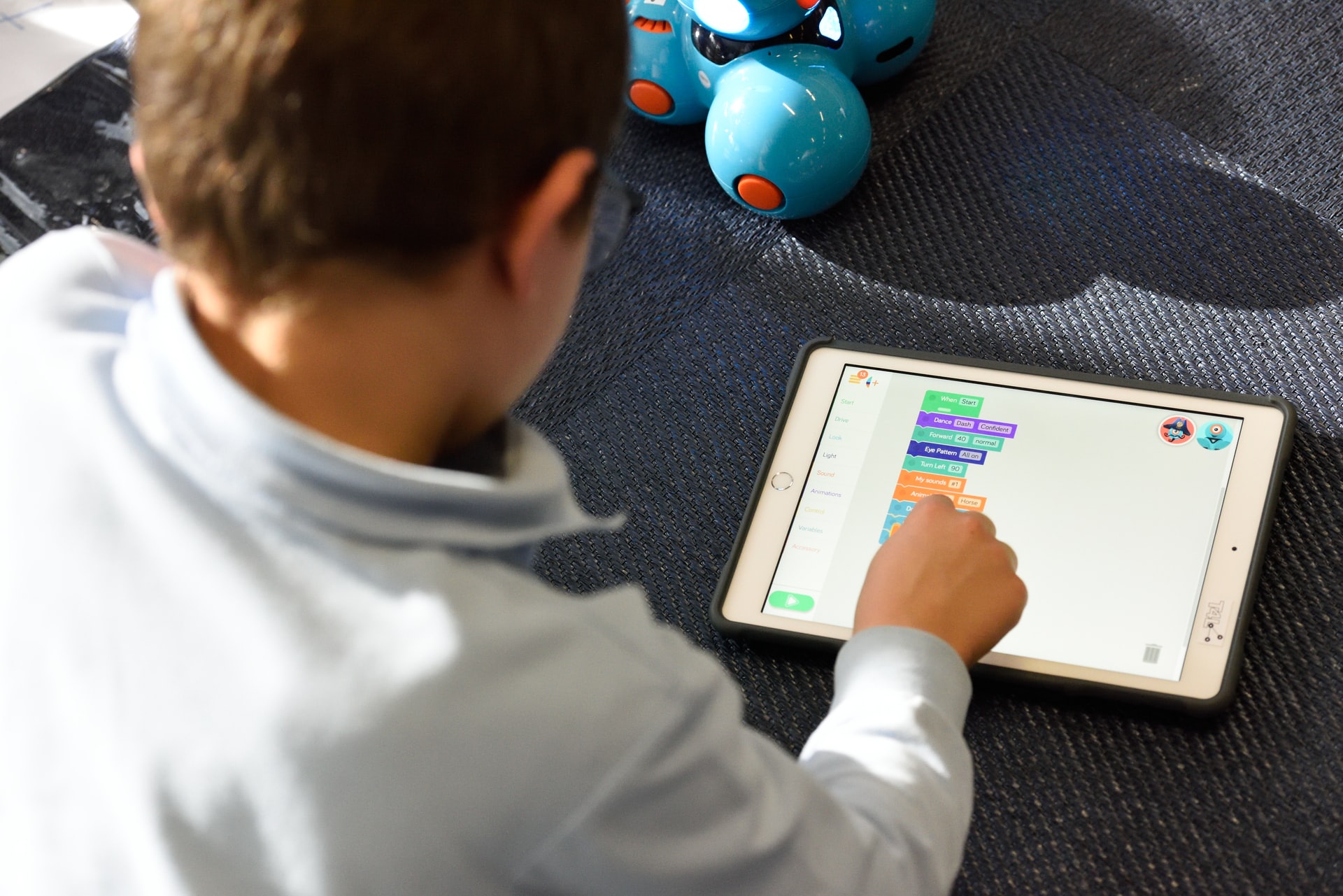 Photo by
Photo by